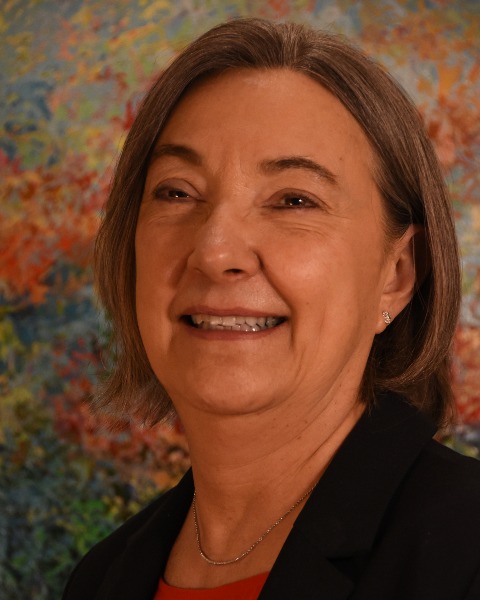Clinical / Preceptor Education (PE)
(PP402) Utilization of Standardized Patients for Clinical Education

Jonette B. Owen, AuD
Associate Dean Clinical Education
Salus University - Osborne College of Audiology
Elkins Park, Pennsylvania, United States
Lead Presenter(s)
Variability of hands-on clinical education results from the type of site, patient demographic, services needed, and “no-shows,” presenting concerns for clinical educators regarding equity of opportunity. Students are assigned clinic days throughout the term, and while they are present, there is no guarantee of seeing patients needing the test procedures the students have been credentialed on to date. Utilizing scheduled standardized patients guarantees the student the opportunity to demonstrate their knowledge and skills in a controlled environment where the patient, in this case, the standardized patient, are encouraged to provide feedback on the student’s performance in addition to the preceptor.
Summary:
Providing students with diverse clinical education is the center of a well-rounded clinical program. Diversity goes beyond patient demographics; it applies to practicing to the full scope of professional practice. During the first four clinical rotations, great care is taken in scheduling the students while at our on-campus clinic. However, even having the luxury of a campus clinic does not afford us immunity from “no shows.” Students are scheduled weeks before the semester starts, focusing on being with each of our faculty preceptors to facilitate sessions in general audiology and sessions with each of our sub-specialty areas. Yet, we found that students were still not getting the “same” opportunities during patient care. The program goal is to offer equitable opportunities to students during the program. To improve our clinical education while the students are still on-campus, we developed a “standardized patient” database.
Established campus clinic patients were contacted via email, inviting them to participate in the Standardized Patient (SP) Program; we have over 100 participants to date.
The standardized patients were first utilized for student remediation during the summer of 2021. During the fall semester, the second-year students were scheduled for a 4-hour SP slot. Two hours were allotted for case history, audiometric testing, results, and recommendations. The case history, discussion of results, sessions were recorded and reviewed with the students during the debrief immediately following the session. Each session is run with two students, each with their SP and one audiologist precepting. The testing is conducted in the audiometric lab, which houses multiple sound booths, audiometers, and tympanometers, allowing for two students to be tested simultaneously without disruption and for the preceptor to be visible to each student. Students are graded on all aspects of the evaluation. Both students and the preceptor view the review of the case history and discussion of results, and students are encouraged to self-critique and provide feedback to the other student. The preceptor then goes over their notes from the test session with both students as this aspect is not recorded.
The SP are told ahead of time what to expect regarding testing and that they will be recorded during the case history and discussion or results, and they sign a release before the start of the session. It is also important to note that the SPs are told the test results are not diagnostic and do not substitute for an appointment with an audiologist.
Implementation into the clinical schedule started with the second-year student. We plan to have the first-year student engaged in the SP program in the Spring semester of 2022 to perform basic testing skills. After that, each clinical rotation will have SP included to offer the opportunity for more advanced studies such as ABR, OAE, and hearing aid real-ear measures.
Students and Standardized Patients were surveyed for their opinions on the program. Preliminary results evidence all students have been able to demonstrate knowledge and skills for the same procedures. The data is still being collected as the term ends in December 2021.
Learning Objectives:
- Upon completion, participants will be able to assess the value of utilizing a standardized patient program for their student clinical education?
